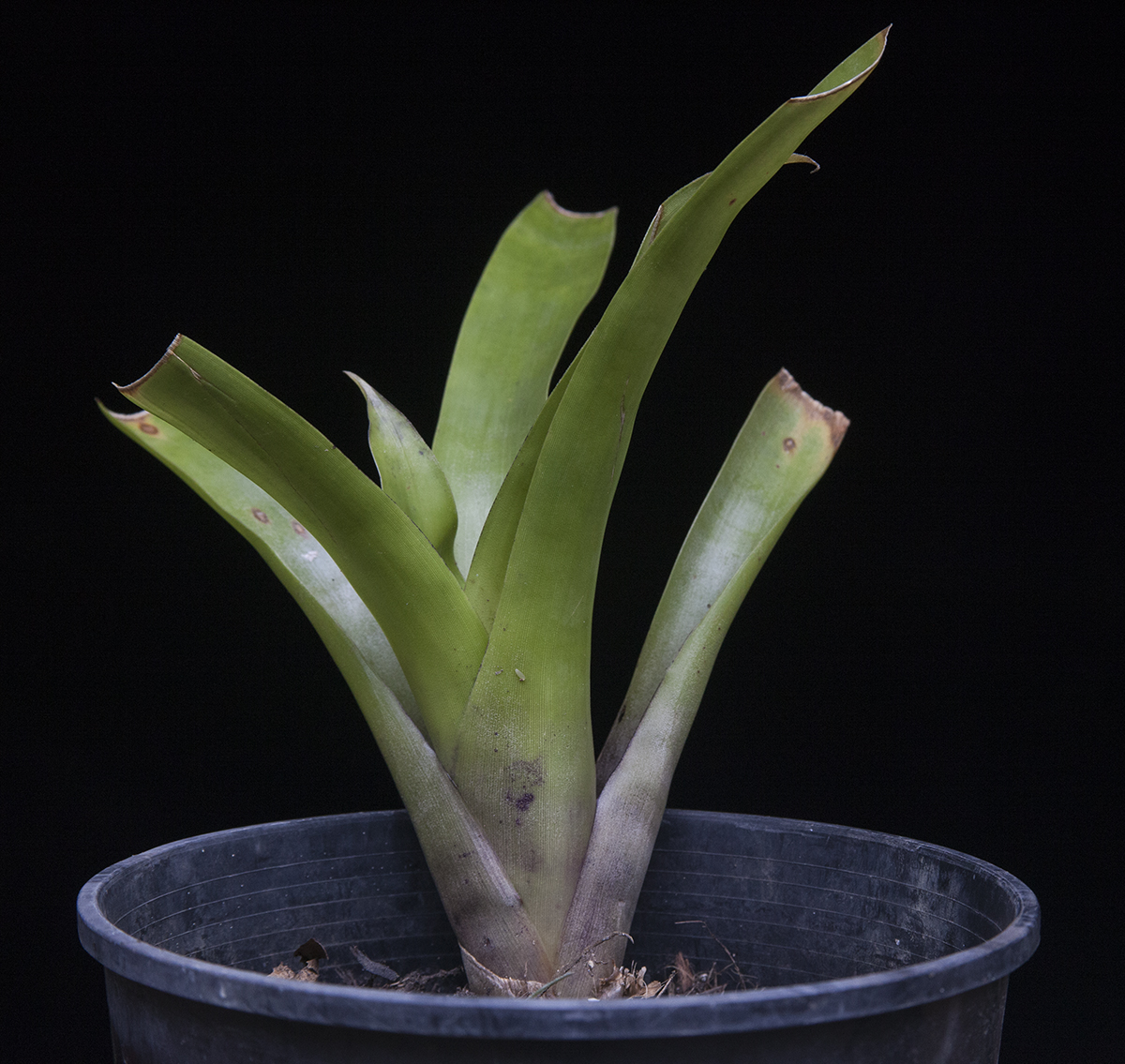|

.
|
Native distribution and habitat: T. australis is a native to Bolivia and southern Argentina where it grows from seal level to around 700 metres 3,900 m. It is a species that grows Saxicolous on steep rocks and epiphytic, where it is adapted to endure periods of both dry and rainy weather.
Growth habit: T. australis is a huge saxicolous (clinging on rocks) or occasionally epiphyte monocarpic bromeliad with a spectacular pending spike. This species has long been known as T. maxima, but this name proved to be invalid as it was already in use for an obscure bromeliad from Central America. It has a negative geotropic habit.
Foliage: It has star-shaped form up to 1.6 metres in diameter. Leaves can be 800 mm long
Flowers: The plant producers an inflorescence 80-240 cm long, dark-red or purple, amply 2 times branched, very variable, glabrous; Primary bracts like the peduncle-bracts, large and conspicuous; Branches sub-erect, to 40 cm long, the basal third sterile, then bearing 1-7 spikes. Secondary bracts much reduced, ovate, acute; Spikes lanceolate to linear, 11-30 cm long, sublaxly to sub-densely 8-22- flowered, strongly complanate. Floral bracts suberect but relatively narrow and more or less exposing the rhachis, broadly elliptic, sub-obtuse, 22-40 mm long, equaling or slightly exceeding the sepals and apparently fleshy, becoming coarsely rugose when dry, ecarinate, not incurved; Stout, erect and then pending. Scape-bracts densely imbricate, foliaceous. The flower have violet petals.
Seed:
Pups: Adventurous pup will often form at the base of the plant.
Cultivation: The foliage of the rosette overlaps basally to forms a reservoir (phytotelma), in which rainfall and leaf litter can accumulate, allowing the plant to draw upon their water reservoir during periods of drought. Grow it in bright filtered light both indoors and out. In the garden it grow best where it will get morning sun, but will also grows equally well in direct mid-day sun in hot summer climates. It can withstand cool conditions.
Availability: A highly sort after plant that can be a difficult plant to locate.
More information HERE
|